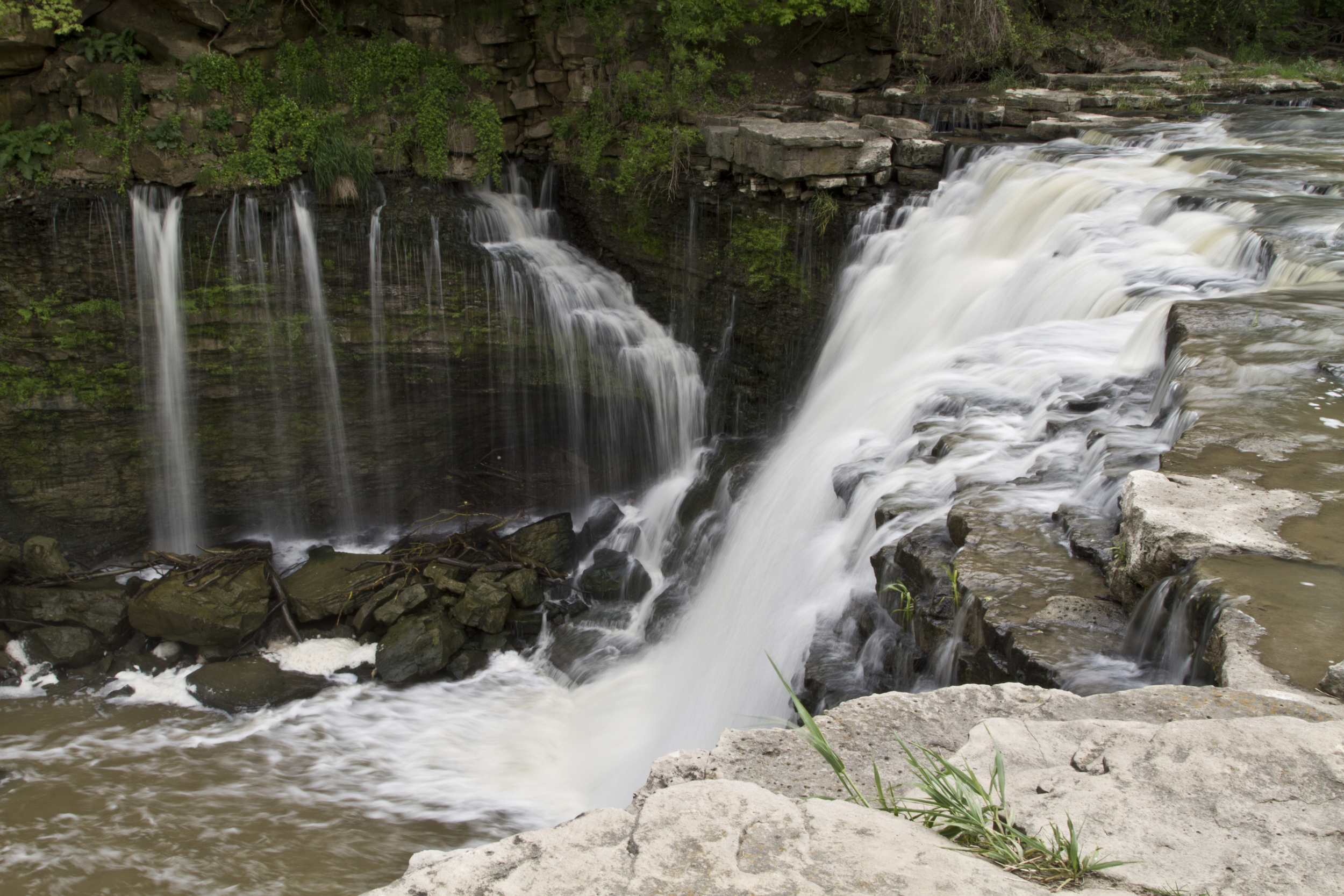

HGS RESEARCH HIGHLIGHT – Towards a climate-driven simulation of coupled surface-subsurface hydrology at the continental scale: a Canadian example
This study is an excellent example of how a physics-based approach to simulating integrated hydrology with HydroGeoSphere allows researchers to overcome the limitations of data scarcity. Allowing water to flow naturally (or as ‘naturally’ as possible for a digital environment) also simplifies the calibration process, as a well conceptualized watershed scale model should be able to accurately represent the integrated hydrology of the watershed inherently.

HGS RESEARCH HIGHLIGHT – Fully integrated and physically-based approach for simulating water flows in a large-scale, heavily agricultural and low-instrumented watershed
This study is an excellent example of how a physics-based approach to simulating integrated hydrology with HydroGeoSphere allows researchers to overcome the limitations of data scarcity. Allowing water to flow naturally (or as ‘naturally’ as possible for a digital environment) also simplifies the calibration process, as a well conceptualized watershed scale model should be able to accurately represent the integrated hydrology of the watershed inherently.

HGS RESEARCH HIGHLIGHT – Variably saturated dual-permeability flow modeling to assess distributed infiltration and vadose storage dynamics of a karst aquifer
A new paper in the Journal of Hydrology provides a perfect case study of the dual continuum formulation supported by HydroGeoSphere. The dual continuum formulation in HydroGeoSphere involves two separate continua, with the first continuum represented by the porous medium. In this case, the 2nd continuum is used to represent the presence of large porosity features throughout a karstic aquifer - the Western Mountain Aquifer in Israel.

Physics and Ecology in Fluids: Modeling and Numerical Experiments
Morris et al. 2022 is a meta-analysis of 2507 peatland soil samples across Northern Canada and parts of Europe, which relates saturated hydraulic conductivity to depth and more commonly measured parameters like bulk density or the Van Post Humification Scale.

HGS RESEARCH HIGHLIGHT – Estimation of groundwater contributions to Athabasca River, Alberta, Canada
This paper evaluates surface water-groundwater interactions within the Athabasca River Basin (ARB). The fully integrated nature of HydroGeoSphere was a key contributor to this study, as these simulations allowed for clear accounting of the interaction between groundwater and surface water, while also incorporating influential hydrologic mechanisms like snowmelt/accumulation and evapotranspiration over a very large area.

HGS RESEARCH HIGHLIGHT – Evaluating backward probability model under various hydrogeologic and hydrologic conditions
A new paper uses HydroGeoSphere to evaluate the reliability of a backward-in-time solute transport probability model. HydroGeoSphere was instrumental in the research as it is one of the only modelling platforms that supports 3-dimensional solute transport under variably saturated groundwater flow conditions.

HGS RESEARCH HIGHLIGHT – Logjam Characteristics as Drivers of Transient Storage in Headwater Streams
A new paper highlights the impacts that logjams have on the transient storage in streams and rivers. The researchers used a physical flume to test a variety of scenarios and and relied on HydroGeoSphere to elucidate the surface and subsurface flow patterns which contributed to increased transient storage, and changes to hyporheic exchange in areas affected by logjams.


HGS RESEARCH HIGHLIGHT – Coastal Topography and Hydrogeology Control Critical Groundwater Gradients and Potential Beach Surface Instability During Storm Surges
This work harnessed HydroGeoSphere to simulate storm surges and their geotechnical impact on coastal environments. The explicit coupling between the surface and subsurface domain revealed a non-trivial correlation between alongshore topography and the distribution of surge-induced critical gradients. It was found that, in contrast with traditional approaches, the lowest areas along a coastline are not necessarily the ones that are most vulnerable.

HGS RESEARCH HIGHLIGHT – Geothermal Energy Potential of Active Northern Underground Mines: Designing a System Relying on Mine Water
HydroGeoSphere is a powerful tool for evaluating the potential of geothermal heat pump systems. HGS implicitly simulates thermal energy throughout hydrologic systems (including density driven transport effects), and can model extremely complex geological systems with spatially and temporally varying material properties, with or without the presence of discrete fractures, and with the ability to represent mine infrastructure as discrete features within the model.
